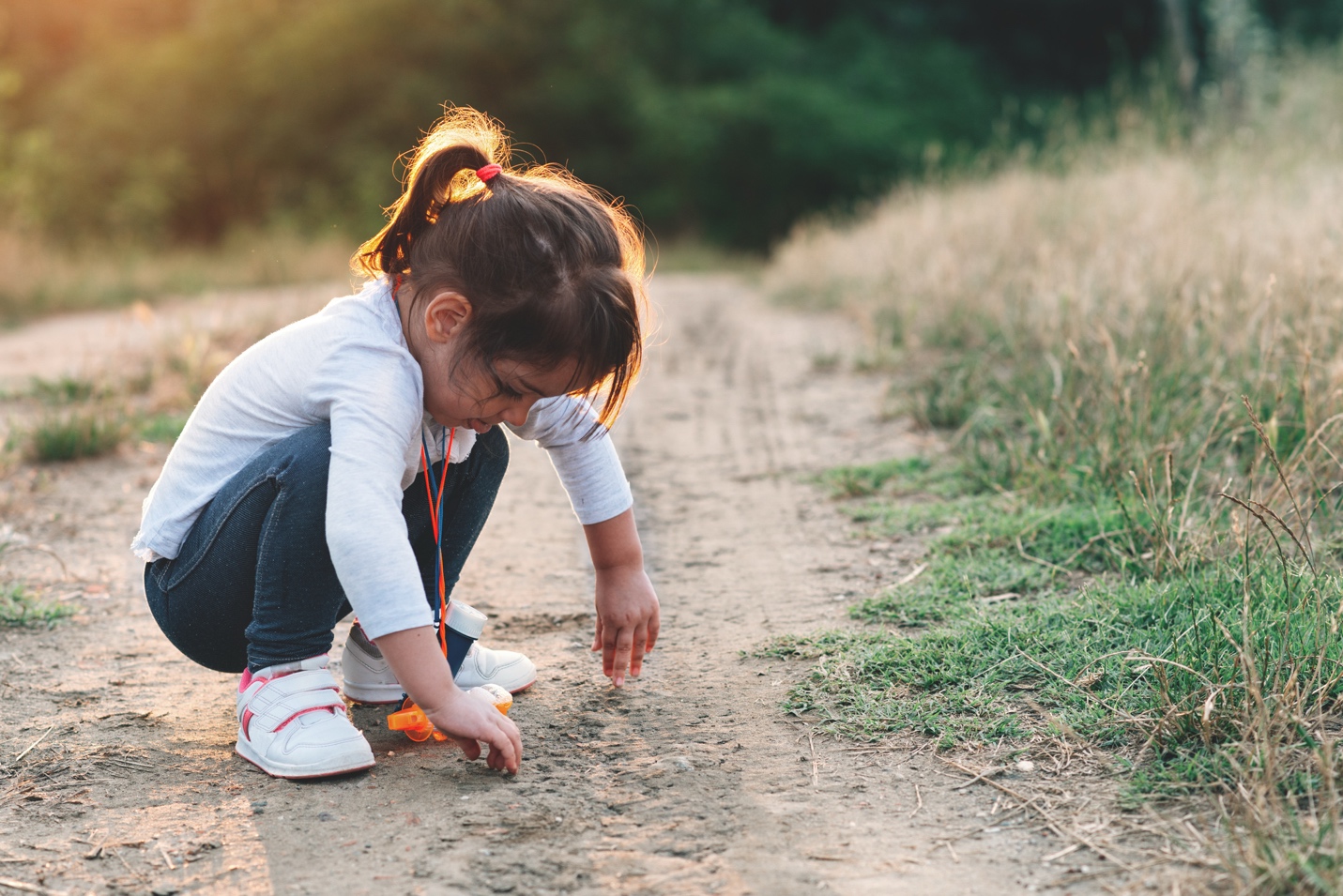
Leo-setä, CC BY 2.0, via Wikimedia Commons
Kneeling Down to Look Again – a Way Back to Earth
By Margherita Gandolfi
Sign up for our monthly newsletter!
From ages four to ten, I spent long afternoons on the stone path outside, watching ants. I’d place my hand in their way and wait. They would pause, confer, and then, patiently, draw a new line around me. The seasons turned above us: gray then bright-blue skies; a bird singing on a cold branch; bees lingering in the roses. My bare hands pressed into the ground.
Now, those long pauses are rare. We run fast. We scroll past sadness and celebration, stepping over fresh flowers, forgetting the blue skies above us.The pace is not only tiring but also disorienting. And it meets a world that is changing in ways that often weigh on us.
Many people live with visible environmental harm every day, and even where the damage is less immediate, a shared feeling has taken root, so widespread and sustained that clinicians have named it: eco-anxiety. Eco-anxiety is more than worry; it can be grief, guilt, helplessness, sometimes paralysis, in the face of ecological change.
A 2024 article in Nature notes: “In a 2018 survey, 72% of people aged 18–34 said that negative environmental news stories affected their emotional well-being, such as by causing anxiety, racing thoughts or sleep problems (see go.nature.com/3vbbt7p). A 2020 survey in the United Kingdom found that young people aged 16–24 reported more distress from climate change than from COVID-19.”
My claim is simple: eco-anxiety rises not only because ecosystems are fraying, but because our relationship with them has thinned.
This is where the One Health perspective comes into play. As the World Health Organization defines it, “One Health is an integrated, unifying approach that aims to sustainably balance and optimize the health of people, animals and ecosystems. It recognizes that the health of humans, domestic and wild animals, plants, and the wider environment (including ecosystems) are closely linked and interdependent.”
When that system frays, minds and bodies feel it. And in modern life, fraying rarely looks dramatic. Disconnection is quiet and habitual. Nature, once the world we lived within, becomes a place we visit, if we have time. Even reconnection is mediated: an app that tells us to breathe with the forest, a balcony garden ringed by traffic. Helpful, sometimes, but still one step removed.
Humans tend to care more about what they feel connected to, what they recognize as familiar, and when nature is treated as a distant escape, it is hard to actually, truly care. Thus, to help ourselves and the system we belong to, we have to feel part of it again. With One Health’s perspective in mind, we can ask ourselves to look for the specific links that tie planetary conditions to our mental state. To then repair those links in daily, practical ways.
Some of those links are already clear. We know that hotter days and polluted air are tied to irritability, anxiety, and disrupted sleep. Regular time in green spaces lowers physiological stress and rumination. Touching soil, plants, animals, grounds us.
Clinically, we can name eco-anxiety without pathologizing it, validate grief as appropriate, and prescribe relational practices, not only individual coping, through time in open, green spaces, and advocacy that connects people to local land.
Civically, policy becomes prevention: trees that cool neighborhoods, paths that connect us to water and soil, schools with gardens, transit that reduces noise and exhaust. Personally, you can put your phone down a bit longer, stargaze, savor local fruits and vegetables, take a walk in a park, or let a river touch your skin.
Underneath all of this is pacing. Nature moves differently. It doesn’t rush; it unfolds in cycles and in small, almost invisible acts. Seeds wait. Bees return to the same flower. Ants reroute together. There can be boredom in nature, and there is depth, if we stay long enough to notice.
We are not estranged from this; we are of it. Animals among animals, insects and plants. Life is not something to conquer, but a community to participate in. Seen this way, One Health becomes more than a concept. It dissolves the false line between personal well-being and planetary well-being. Caring for ecosystems and protecting biodiversity is not separate from caring for our emotional health. To tend a forest, to protect a river, to listen to the hum of bees, is to tend the conditions that allow humans to thrive.
I haven’t crouched to watch ants in perfect motion in over a decade. But I remember how grand it was to witness life moving and to feel, quietly, part of it. Maybe the way back begins there: with attention, with slowness, with kneeling to look again.th the integrity of some of the world’s most vulnerable landscapes.
Margherita Gandolfi is a licensed psychologist based in Milan who supports others and the natural world through empathy, dialogue, and psychological care.
Sources
“One Health.” World Health Organization, World Health Organization, https://www.who.int/health-topics/one-health#tab=tab_1. Accessed 12 Oct. 2025.
Pearson, Helen. “The Rise of Eco-Anxiety: Scientists Wake up to the Mental-Health Toll of Climate Change.” Nature News, Nature Publishing Group, 10 Apr. 2024, https://www.nature.com/articles/d41586-024-00998-6.
Plantings
Issue 53 – November 2025
Also in this issue:
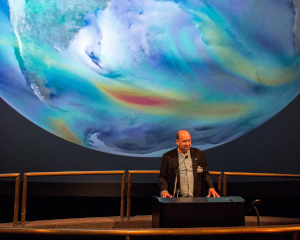
Time, Layers, and Climate Futures: A Conversation with Dr. Gavin A. Schmidt
By Gayil Nalls
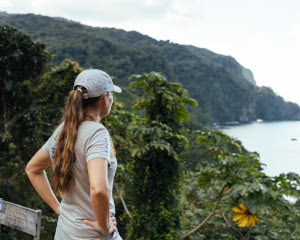
Nature’s Prescription for Our Future
By Dona Bertarelli
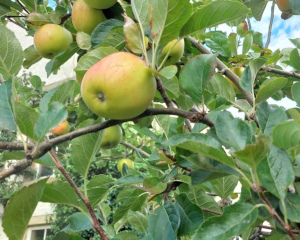
From Billion-Dollar Flows to Gooseberry Jam: Fraser Howie’s Voltairean Turn
By John Steele
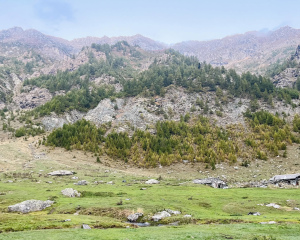
Scale Sensing: The Dance Between Geologic and Biological Time
By Willow Gatewood
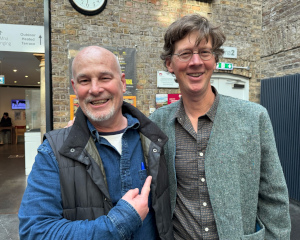
Manchán Magan’s Memories of the Bog
By Gayil Nalls

Eat More Plants Recipes:
Roasted Portobello Mushroom
By Gemma Monici
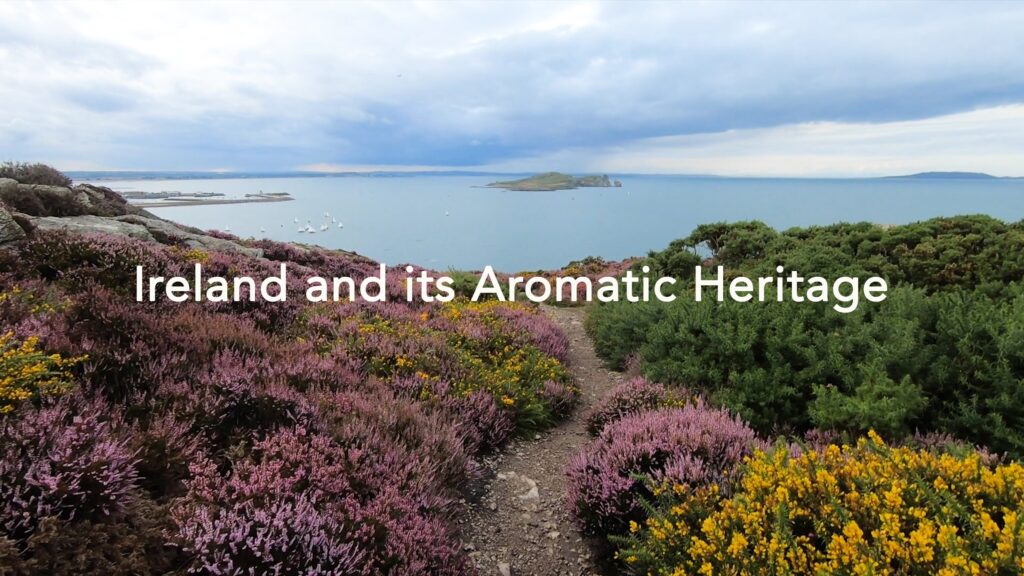
As Ireland transitions from the rich, smoky scent of peat-burning to a more sustainable future, its olfactory heritage is evolving. What will become the next iconic aromatic symbol of Ireland?
Click to watch the documentary trailer.

